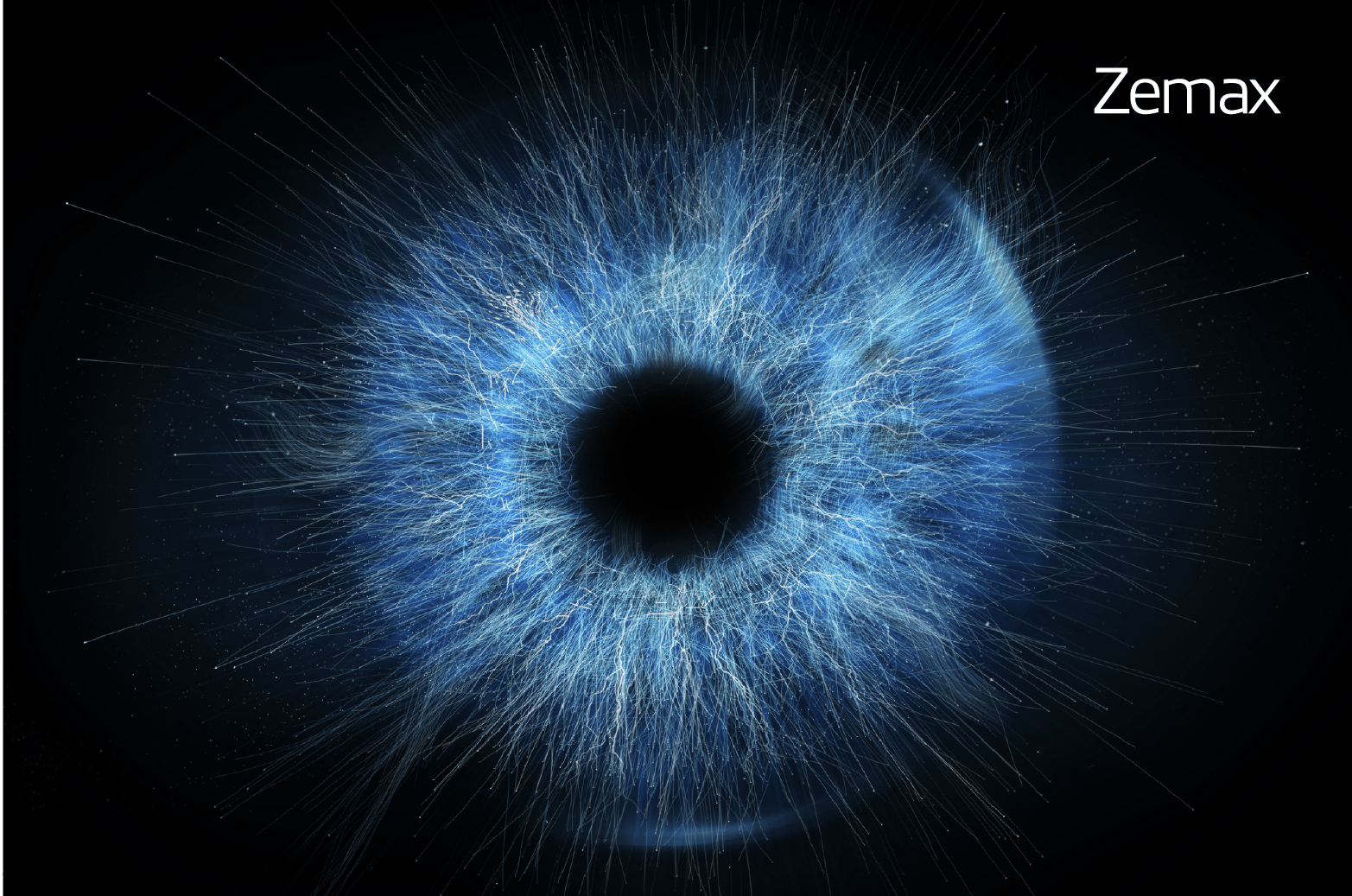Download our whitepaper
It will explain more about Computer-Generated Holography and why it represents the future of AR wearables.
We use Mailchimp as our marketing platform. By clicking below to subscribe, you acknowledge that your information will be transferred to Mailchimp for processing. Learn more about Mailchimp's privacy practices here.

How VividQ simplifies Optical Design for AR with Zemax

Since VividQ’s first scientific breakthrough in Computer-Generated Holography (CGH) in 2017, we have made it easier than ever before to incorporate holographic display into augmented reality (AR) devices. VividQ Software Development Kit (SDK) allows for the real-time generation of high-quality holographic projections in AR headsets. Beyond the SDK, our technical teams created a range of licensable hardware IP, including designs for optical engines.
To facilitate the development and integration of holographic optical systems, VividQ has long used Zemax OpticStudio alongside our customers. We partnered up with Zemax:
-- to demonstrate how CGH has become an accessible display technology for Original Design Manufacturers (ODMs) who want to release high-performance AR products, and
-- to showcase our success story of prototyping the cutting-edge miniaturised optical engine for AR devices.
With CGH, manufacturers can rely on software to do the heavy lifting in AR display
In AR display systems using CGH, the holographic image perceived by the viewer retains all 3D information, including depth. In holographic display, controlling essential properties of the image, such as resolution, sharpness and contrast, is essential to provide the best user experience. This is what VividQ SDK is responsible for. When it’s the software that does the heavy lifting, the aim for hardware designs of CGH displays is to achieve maximum simplicity.
As Head of Research, Alfred Newman, explained in his presentation at the Zemax Envision Conference in 2021:
"AR displays using CGH can produce high-resolution RGB images using spherical singlet lens, while image optimisation process, including aberration corrections, is all done by VividQ SDK."
Zemax OpticsStudio allows our teams to create the most optimal AR solutions by combining complex physics and interactive visuals. The ability to analyse, simulate and optimise optics and laser systems has helped VividQ develop the world-leading expertise in CGH.
To learn more, watch Alfred’s talk on ‘Simplifying Optical Design for 3D Displays using Computer-Generated Holography’:
Computer-Generated Holography brings an ergonomic 3D display with high image quality to AR
While the underlying design of holographic display is one of simplicity, wearable AR devices require more advanced solutions to meet user expectations. Currently available AR headsets have seen limited consumer adoption due to the trade-offs between the smaller form factor, higher image quality and field of view, and longer battery life. In 2019 VividQ prototyped the world’s first binocular holographic AR headset demonstrator, including the licensable design for a miniaturised optical engine. Zemax OpticStudio allowed our teams to combine the powerful computing capabilities of VividQ software with the high-precision task of miniaturising optical design. You can learn more about how VividQ uses Zemax OpticStudio to create that innovation by downloading the case study.
VividQ Development Kits for AR devices with significant upgrades to holographic image quality and 3D object interaction will be released soon.
To book a demo in Cambridge (UK) or San Jose (USA) and learn more about our products, please email holo@vividq.com.
.svg)






